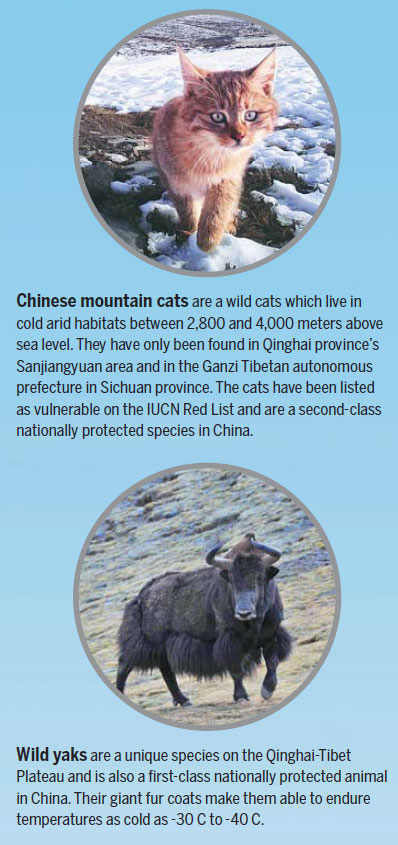Russian Tortoises as Pets: The Ultimate Guide to Keeping These Endearing Reptiles
Guide or Summary:Introduction to Russian TortoisesCreating a Suitable HabitatNutrition and DietHealth and CareBehavior and EnrichmentThe enchanting world of……
Guide or Summary:
- Introduction to Russian Tortoises
- Creating a Suitable Habitat
- Nutrition and Diet
- Health and Care
- Behavior and Enrichment
The enchanting world of reptiles offers a unique opportunity to connect with nature's ancient creatures. Among this diverse group, Russian tortoises stand out as particularly endearing pets. With their gentle demeanor and captivating beauty, these tortoises have captivated the hearts of countless reptile enthusiasts. This comprehensive guide delves into the intricacies of keeping Russian tortoises as pets, ensuring that you can provide them with a thriving and enriching environment.
Introduction to Russian Tortoises
Native to the steppes of Central Asia, Russian tortoises (SVKSVK) are renowned for their striking appearance and gentle nature. Their distinctive shell features a mix of yellow, orange, and brown hues, creating a vibrant and eye-catching pattern. These tortoises are relatively small, with an adult size of about 7-8 inches in shell length, making them an ideal choice for pet owners seeking a more manageable reptile companion.
Creating a Suitable Habitat
A vital aspect of caring for Russian tortoises as pets is ensuring they have a habitat that closely mimics their natural environment. A spacious enclosure, ideally measuring at least 4 feet by 2 feet, provides ample room for these tortoises to explore and thrive. The enclosure should include a mixture of substrates, such as coconut coir and topsoil, to mimic the natural soil of their homeland.

Temperature and humidity levels are crucial for the well-being of Russian tortoises. A basking spot that reaches temperatures of around 90-95°F (32-35°C) allows them to absorb heat and regulate their body temperature. Additionally, a cooler area with temperatures ranging from 75-80°F (24-27°C) provides a comfortable space for them to retreat to. Maintaining a humidity level between 30-40% ensures optimal health and prevents shell rot.
Nutrition and Diet
Russian tortoises have specific dietary requirements to ensure they receive a balanced and nutritious diet. Their diet should primarily consist of leafy greens such as dandelion greens, kale, and collard greens. Supplementing their diet with a variety of vegetables, including carrots, bell peppers, and cucumbers, provides essential vitamins and minerals. Occasional treats, like fruits like apples and strawberries, can be offered in moderation.
Ensuring access to fresh, clean water at all times is crucial for their health. A shallow water dish should be placed within their enclosure, allowing them to soak and hydrate as needed.

Health and Care
Regular veterinary check-ups are essential for maintaining the health of Russian tortoises. A qualified reptile veterinarian can provide professional advice on their specific health needs and address any potential health issues promptly.
Maintaining good hygiene practices is vital in preventing the spread of diseases. Regular cleaning of their enclosure, including the substrate and hiding spots, helps maintain a clean and healthy living environment.
Behavior and Enrichment
Russian tortoises are generally docile and enjoy being handled occasionally. However, it's important to approach them with care and respect their boundaries. Handling should be kept to a minimum and done gently to avoid stress.

Providing enrichment activities is crucial for the mental and physical well-being of Russian tortoises. A variety of hiding spots, climbing structures, and tunnels can stimulate their curiosity and encourage natural behaviors. Additionally, offering a mix of different textures and materials within their enclosure can provide sensory stimulation and enhance their overall quality of life.
Keeping Russian tortoises as pets offers a rewarding experience for those willing to provide them with the care and attention they deserve. By creating a suitable habitat, offering a balanced diet, and ensuring regular veterinary care, you can ensure a thriving and enriching environment for these endearing reptiles. With proper care and attention, your Russian tortoise can bring years of joy and companionship to your life.